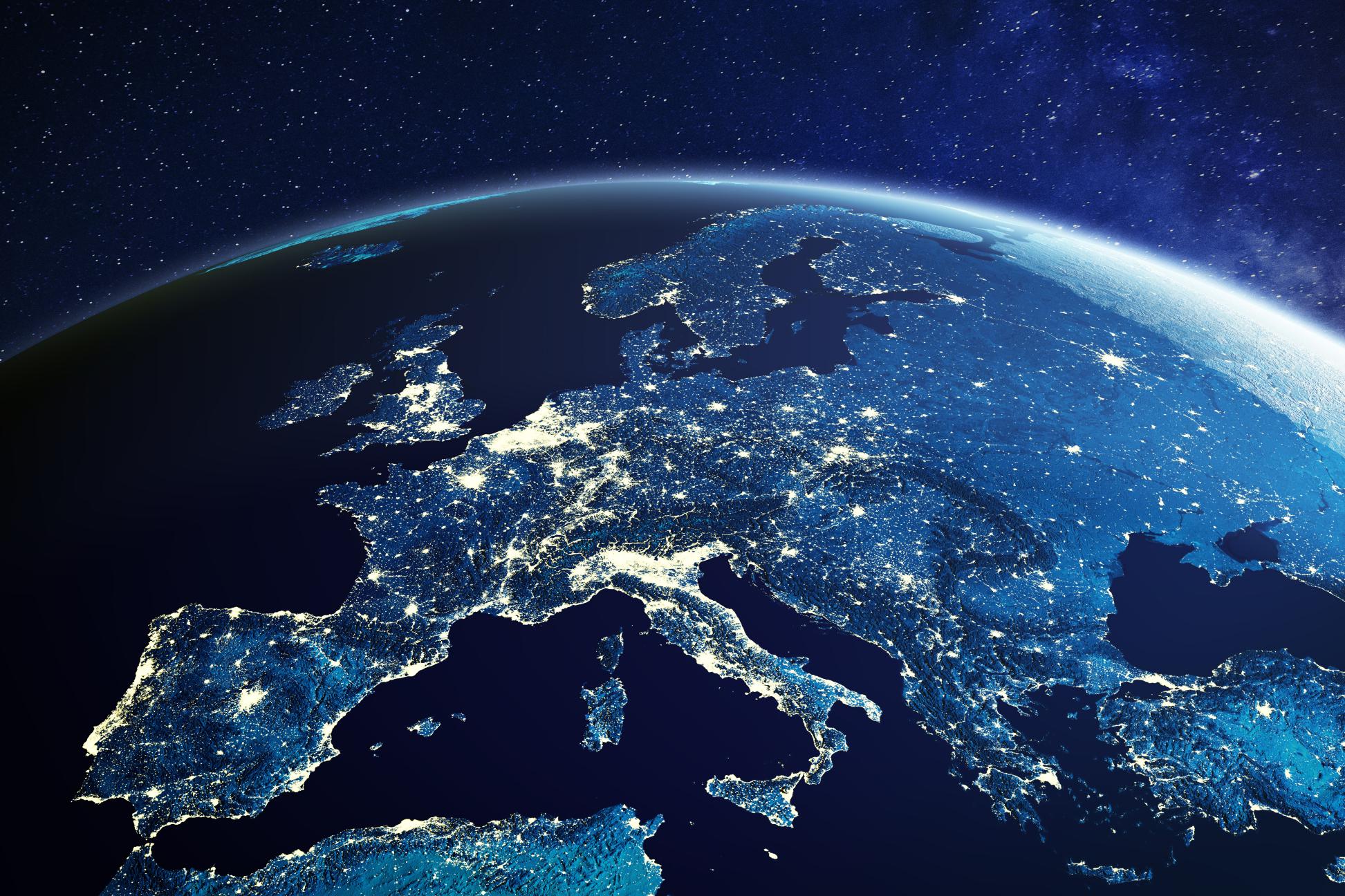
Partisan Media Bias
Madalina Boțan, National University of Political Studies and Public Administration, Romania
madalina.botan@comunicare.ro
Nicoleta Corbu, National University of Political Studies and Public Administration, Romania
nicoleta.corbu@comunicare.ro
Partisan media bias refers to the tendency of news organisations to present information in a way that aligns with specific political ideologies, shaping public discourse through selective coverage, framing, and emphasis. This bias is often driven by economic incentives, audience preferences, and ideological affiliations, leading to fragmented information environments where individuals are exposed primarily to viewpoints that reinforce their preexisting beliefs. As media consumers increasingly turn to digital platforms and social media for news, algorithmic curation further amplifies partisan divides by prioritising engagement over balanced reporting. The resulting echo chambers and filter bubbles contribute to political polarisation, making it more difficult for people to engage with opposing perspectives. Understanding partisan media bias requires examining not only content production and distribution, but also audience behaviour and psychological biases that influence how individuals interpret and internalise information. By recognising these patterns, researchers and policymakers can explore strategies to promote media literacy and encourage a more informed and open public dialogue.
Several researchers involved in this field employ survey experiments, observational studies, and content analyses to discern the causal relationships between partisan media consumption and public opinion formation. Collectively, the state of the art in partisan media bias research showcases a dynamic field that integrates technological advancements, behavioural insights, and educational strategies to unravel the intricate dynamics between media bias and its societal consequences. Ongoing interdisciplinary efforts contribute to a nuanced and informed understanding of how partisan media bias shapes contemporary information landscapes.
Keywords: information landscape, partisan divide, psychological biases
Related Entries: Bias, Social Media
References:
Garrett, R. K. (2009). Echo chambers online?: Politically motivated selective exposure among Internet news users. Journal of Computer-Mediated Communication, 14(2), 265–285. https://doi.org/10.1111/j.1083-6101.2009.01440.x
Guess, A., Nagler, J., & Tucker, J. (2019). Less than you think: Prevalence and predictors of fake news dissemination on Facebook. Science Advances, 5(1), eaau4586. https://doi.org/10.1126/sciadv.aau4586
Haselmayer, M., Wagner, M., & Meyer, T. M. (2017). Partisan bias in message selection: Media gatekeeping of party press releases. Political Communication, 34(3), 367–384. https://doi.org/10.1080/10584609.2016.1265619
Levendusky, M. (2013). Why do partisan media polarize viewers? American Journal of Political Science, 57(3), 611–623. https://doi.org/10.1111/ajps.12008
Stroud, N. J. (2011). Niche news: The politics of news choice. Oxford University Press.

